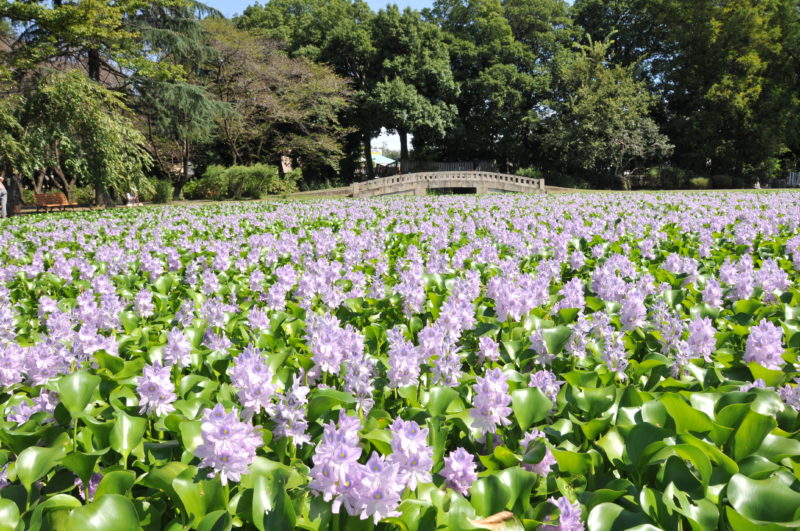Gyoda station
sightseeing
Map
Related Sightseeing Spots
Nearby spots

Eight of the total sixty-one kilometers of the Motoara River run through the Fukiage area. There are seventeen bridges on the river, including the Shinsaga Bridge, a Civil Engineering Heritage Site selected by the Japan Society of Civil Engineers. Many of the bridges are decorated with poems and sculptures, making exploring them a perfect activity for some leisurely sightseeing!

Oshi Castle is one of seven famous castles in the Kanto region, built during the civilization years of the Muromachi period. It is known as an “Uki-jō (Floating Castle),” as it is said to have endured the flooding of Ishida Mitsunari during Toyotomi Hideyoshi’s suppression of Kanto. The story of this castle was the model for the movie “Nobō-no-Shiro (The Floating Castle).” It is currently listed as one of Japan's Top 100 castles. The “Oshijyō Gosankaiyagura (Oshi Castle Three Story Turret)” was torn down during the Meiji period and rebuilt in 1988, with the inside turned into an exhibition room of the local museum, and a view of the entire city can be seen from the top floor.

This spot located nearby Ōshi Castle is famous for its water hyacinth. The park's Blue Lake (Aoi no Ike) displays beautiful water hyacinth when in season. The square is also known for its 200 cherry blossom trees. There is also the "Literary Monument of a Country Teacher“ (Inaka Kyōshi-no Bungakuhi) of Katai Tayama. A verse from the book Inaka Kyōshi, “The road to Yori was long…,” is engraved on the monument.

12 million cosmos flowers bloom on the 8.8 hectare fields along the Arakawa riverbank. Surrounded by a sea of cosmos flowers, you can enjoy an impressive view of the Chichibu mountain range and Mt. Fuji. The best time to see the cosmos flower is in mid-October, but poppies can also be enjoyed in May. At the Cosmos Festival in mid-October, the area is lively with stage events, refreshment stalls, and cosmos picking events.

Reopened in April 2021 as a tourism and souvenir center! This store has a modern Japanese atmosphere that stays true to Gyoda City, which has been recognized as a Japanese Heritage site. There are a wide range of 150 different types of products available for sale from around 50 brands, including local goods such as fashionably designed tabi (split-toed socks), Minamikawara slippers made of colorful fabrics from Africa and other foreign countries, "Gyoda no gyoza" (dumplings) made from local flour, Narazuke pickles, Jumangoku Manju (steamed bun), Wataboku Milk, and more. So can also rent bicycles here, so be sure to stop by on your way to sightseeing.

